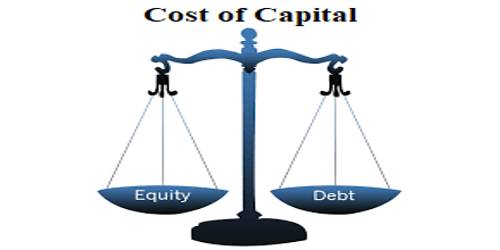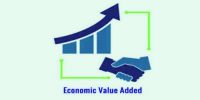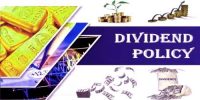The cost of capital or required rate for return a firm can be defined as the composite cost of the firm’s financing components. The cost of capital is the rate of return a firm must earn on its investments in the project in order to maintain the market value of its.
Here mention three factors that affect the cost of capital are generally beyond the firm’s control –
Corporate Tax Rate: Corporate tax is federal, state, and sometimes local taxes levied on the income of entities treated as a corporation. In most cases debt expense is a tax-deductible expense, so the cost of debt is computed as an after-tax cost to make it comparable with the cost of equity (earnings are after tax as well). Corporate taxes cannot be controlled by a company, outside of lobbying governing bodies, and is, therefore, an external factor.
Changes in Interest Rates:
Another external factor in determining WACC is changing interest rates. The Federal Reserve (Fed) is the central banking system of the United States. It is in charge of moderating long-term interest rates. It is able to accomplish this by targeting the federal funds rate. This is the rate that banks charge each other for overnight loans of federal funds, which are the reserves held by banks at the Fed. This rate is actually determined by the market and is not explicitly mandated by the Fed. Therefore, the Fed tries to align the effective federal funds rate with the targeted rate by adding or subtracting from the money supply through open market operations. This moderating of interest rates affects a company’s WACC because of the importance of the risk-free rate in calculating the cost of capital.
Economic Conditions: Economic conditions also affect a company’s WACC, while being out of the company’s control. Economic conditions, in this case, refer to the demand and supply of capital in the marketplace that can impact how capital is raised. For example, expectations of inflation will influence the cost that is paid for capital. Higher rates of inflation erode the values of investments which causes investors to demand higher rates of return.















